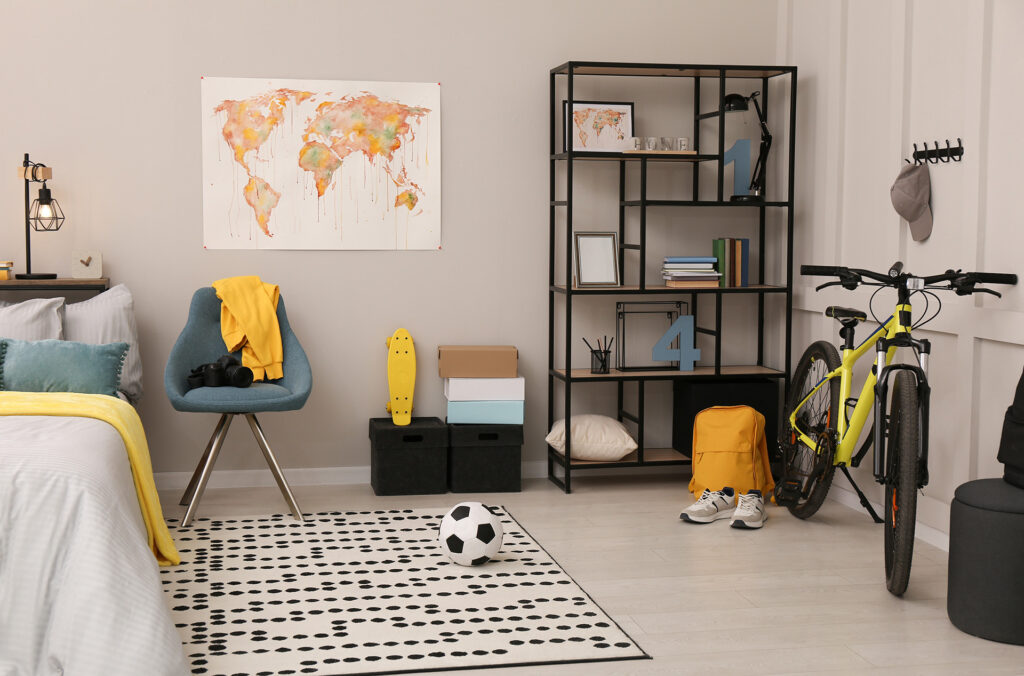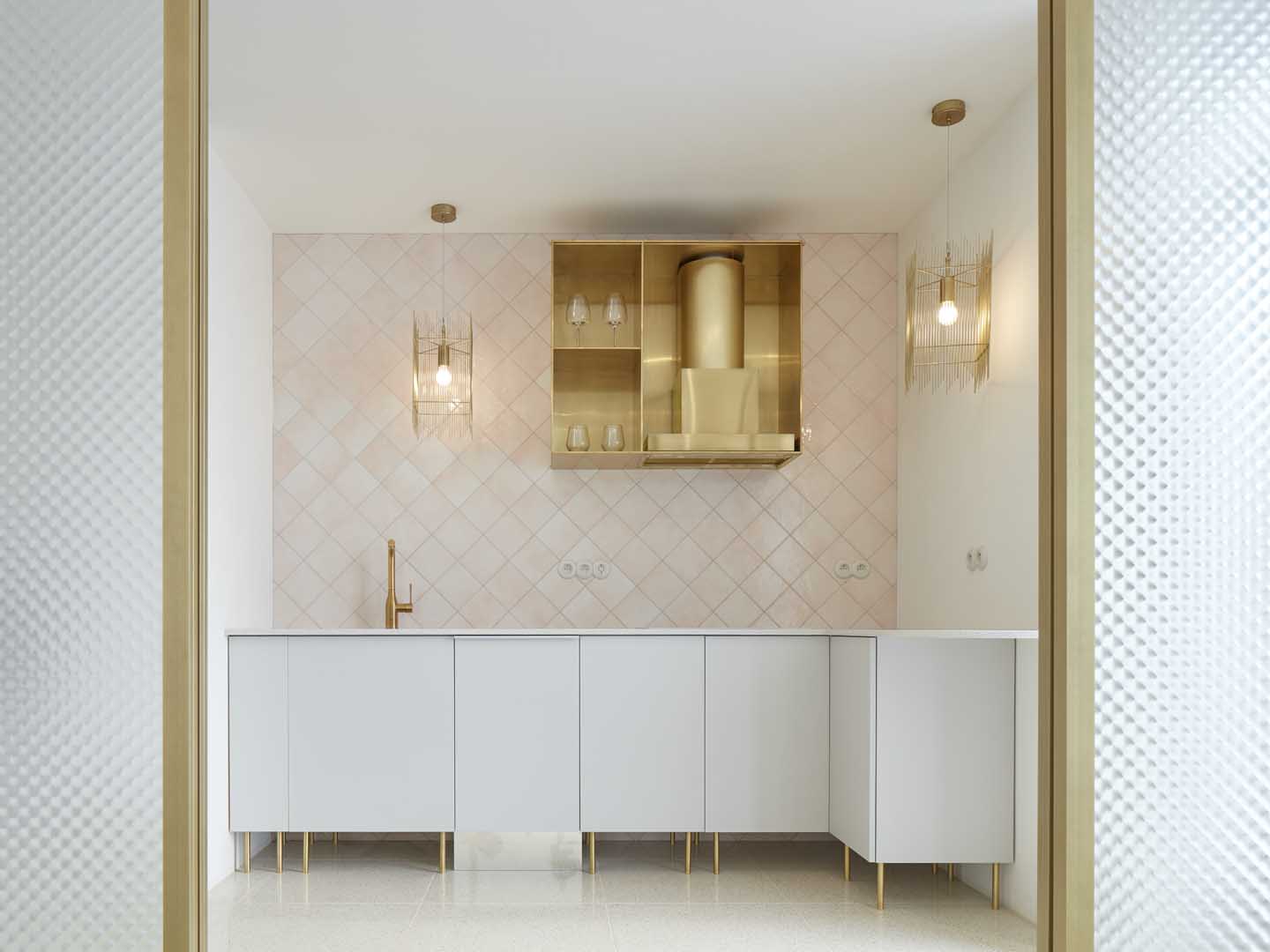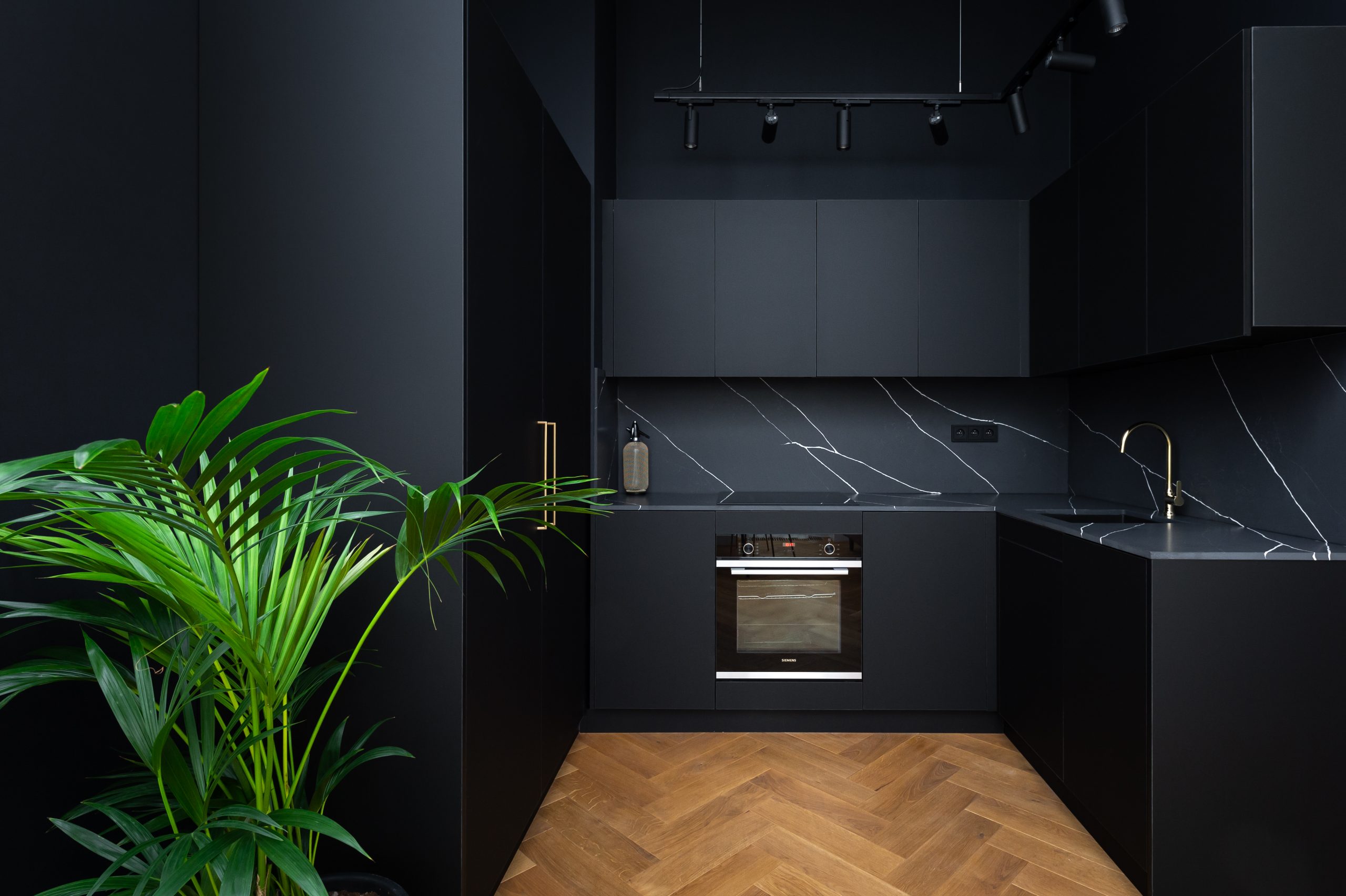
How to Decorate and Furnish a Child’s Room for Both Fun and Safety
Decorating and furnishing a child’s room is one of the most important jobs we have as parents. We want our child’s room to be safe, but we also want it to inspire his or her creativity and support healthy development. Every aspect of a child’s room has a role to play in how a child feels and how much the room contributes to his or her development. When creating an environment for a child it’s important to keep safety in mind, focus on fun, and stimulate positive thoughts and feelings. Let’s take a look at how to decorate and furnish a child’s room to meet all those requirements.
A Theme for a Child’s Room
The choice of a theme and color scheme for a child’s room has a fundamental influence on its atmosphere and your child’s mood. Themes and colors can also create a feeling of security. Playful themes that stimulate a child’s imagination are the best. A forest theme in natural colors will create a pleasant atmosphere, but so can decorating with a space exploration theme.
The Right Colors for a Child’s Room
Generally, pastel colors are best for small children because they evoke a calm and relaxed atmosphere. Bright pinks and blues are very popular, but they aren’t really recommended. Bright colors encourage children to be active, and then they have trouble falling asleep and can be more fussy and fidgety. If you just can’t abandon your dream of a colorful room, try painting the walls with a soft lavender or mint green and leave the bold pink for a few accessories. Of course, it’s important to avoid aggressive or high-contrast combinations of colors that may make a child feel uneasy. In this case the old rule applies — everything in moderation.
Pre-school children need some stimulation in their room that will be an impulse for creativity and direct their energy. You can spice up the walls with two different shades of one color, for example brown and beige, or green and mint. Such combinations offer an interplay of tones that don’t interfere with each other and together give interest to the room.
- Yellow stimulates a child’s appetite for food.
- Blue, green, and violet promote peace and harmony.
- Orange, pink, and red encourage gross motor skills.
In choosing the color of a room for school-age kids, let them make the choice. By that age, a child knows very well what he likes and doesn’t like. What kind of environment could make them feel better than one that fulfills all their wishes? Generally speaking, the best color is green of one shade or another. Green encourages creativity and supports concentration by providing a child with a calm and pleasant atmosphere.
Leave the color of a teenager’s room up to him or her. Growing up is difficult for some individuals and those around them. The color scheme of a teenager’s room should give them the feeling that for this part of their life at least they alone have control. However, you may want to step in to avoid a choice of highly contrasting colors (like black with red) that can evoke feelings of aggression and insecurity in a teenager.

How to Decorate a Child’s Room Safely
With older children there’s no danger they will be licking the walls, but younger ones have a tendency to explore the world around them that way. Therefore, be sure to choose colors with certificates that guarantee that they are not harmful to health. Washable colors are available on the market that will save you a lot of headaches if your kid mistakes his walls for an artist’s canvas. They will also prevent stains from spilled tea and fingerprints left by childish hands.
Furniture for a Child’s Room
Even before the design of a piece of furniture, the decisive factor is ensuring it is not dangerous to health. Ideally, furniture for a child’s room will have a washable surface and be stable and well-made. Don’t ignore the choice of an appropriate color. It should complement the color of the walls. Be conservative and ideally choose furniture with a light color — white works well for both girls and boys. Light greys and light-colored woods like pine, ash, and oak are good too. Furniture for a child’s room should have rounded corners to prevent injuries, especially with very young children.

Furniture for Children Up to Six Years Old
Furnishing a room for very young children is different that it is for school-age children. The little kids especially appreciate having a good supply of toys. For storage, we recommend boxes that can hold all their colorful toys and make the room look tidy and neat at all times. Shelving is available in different heights or with sliding rails that the little ones can handle easily. Choose a size that is adapted to the height of the smallest children. A small table and a chair with a backrest belong in any child’s room. A play mat on the floor is a good idea, too, and if you want to avoid clashing colors, choose a simple solid-colored area rug. If you add in a couple of pillows or a big stuffed animal for cuddling and rolling around on, your child will be in seventh heaven.
Furniture for a School-Age Child’s Room
When your child begins to attend school, you’ll want to redecorate his or her room so he or she can study. Reduce the number of toys, and store what remains in drawers. Put books on the shelves that will stimulate the creativity and development of your young student. The most important thing is choosing the right desk. If you really want the best, choose an electrically adjustable one that can easily be repositioned as your child grows. The work surface should be large enough to hold notebooks and textbooks and your student’s creative works. Furniture for a child’s room can also include an ergonomic chair with an upholstered seat and lumbar support. Nowadays, these chairs are all height adjustable and therefore ideal for the long run — they will grow along with your child. Don’t forget a good quality mattress. Like working at a proper desk, getting a good night’s sleep makes for a productive day.
Toys that Promote Your Child’s Development
It’s important to actively stimulate a young child’s development. You can do that by choosing the right age-appropriate playthings. Put toys that promote your child’s development on shelves at eye-level, so they attract your child’s attention and draw him or her into active play.
For younger children, wooden toys that are safety certified are ideal, because it doesn’t matter if a child puts them into its mouth from time to time. Stringing beads, playing with building blocks, and putting puzzles together will help develop fine motor skills. Gross motor skills are mainly improved by putting the body into motion. If space allows, equip your child’s room with a structure that has a slide or ladders and a soft mat underneath. Be sure to keep an eye on the children to prevent injuries, though. Add a creative corner with art supplies to the room and make it a space for playful self-expression.
Toys for older children should definitely include educational books that relate to the child’s individual interests. It’s good to focus on those hobbies that you want your child to pursue. Give them an artist’s easel, canvases, a palette, and acrylic colors or a lighted globe and a map of the world.
A chalkboard can be applied to the wall just like normal paint to support creativity. When the paint dries, you can draw on it with colored chalks.
Decorating a Child’s Room
You can’t go wrong with pictures that create a stimulating environment. Keep to the theme of the room or put your child’s favorite fairy-tale characters on the wall. Older children like superheroes from the movies. Creative kids can show off their own artworks and technically minded kids can display their most complicated constructions. Spruce the room up with decorations that match the colors of the walls — you can use a whole palette of the shades of one color. Lampshades, curtains, bedspreads, sheets, rugs — all can go perfectly together and create a harmonious space.
How to Make Your Child’s Room Safe
If the room is occupied by young children, put covers on the electrical outlets to prevent curious fingers and other objects from poking into them. That goes for windows as well – put a lock on the handles to keep your child safe. Hide all electrical cables away, ideally in protective sleeves. Safety in a child’s room also includes choosing hypoallergenic materials for blankets and fabrics.
You can make your child’s room a creative and inspiring space in which your children will feel comfortable and confident. Encourage their individuality and give them the support they need to ensure they grow into confident, purposeful individuals, with a head full of ideas and dreams just waiting to be turned into reality.










